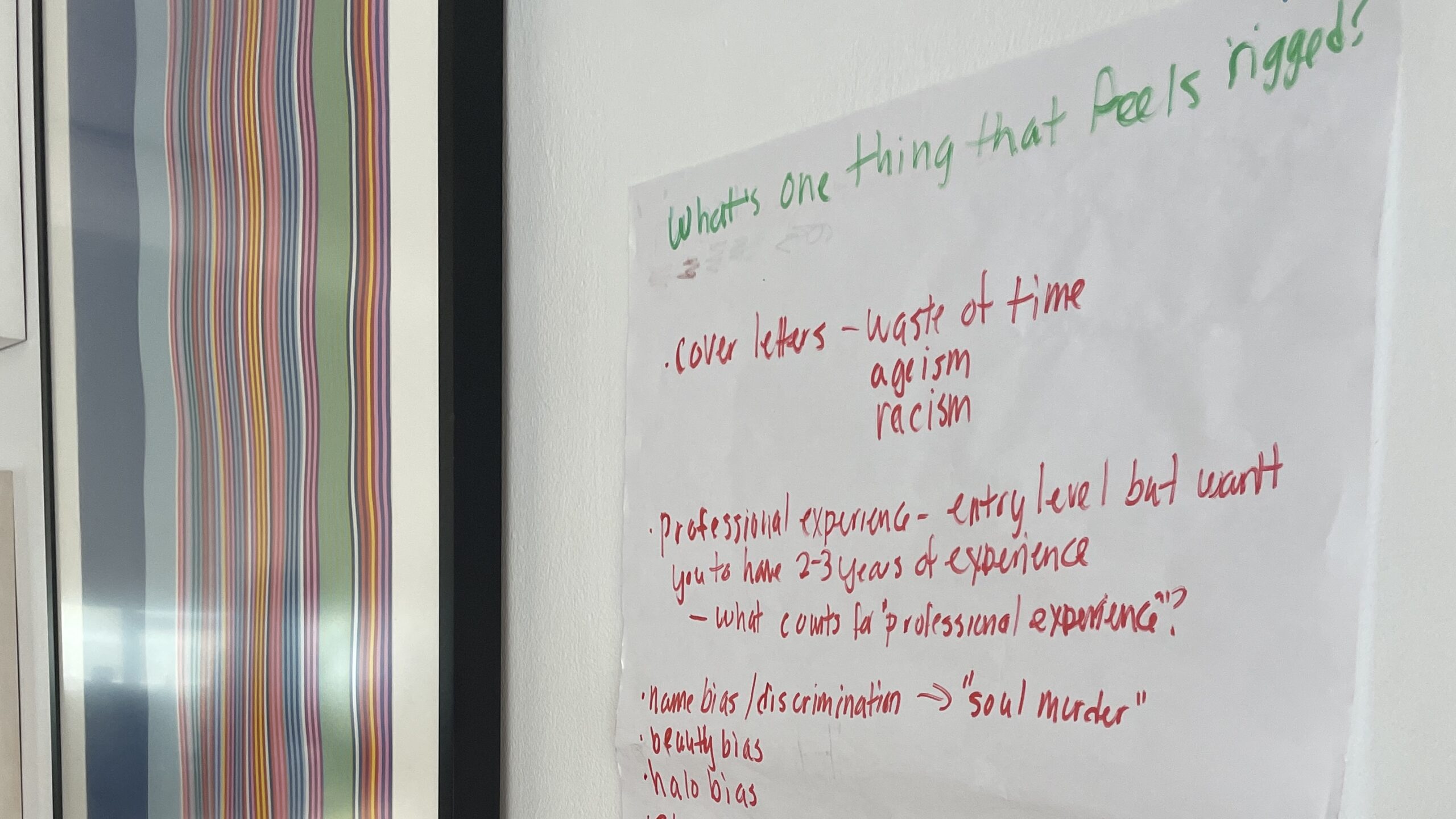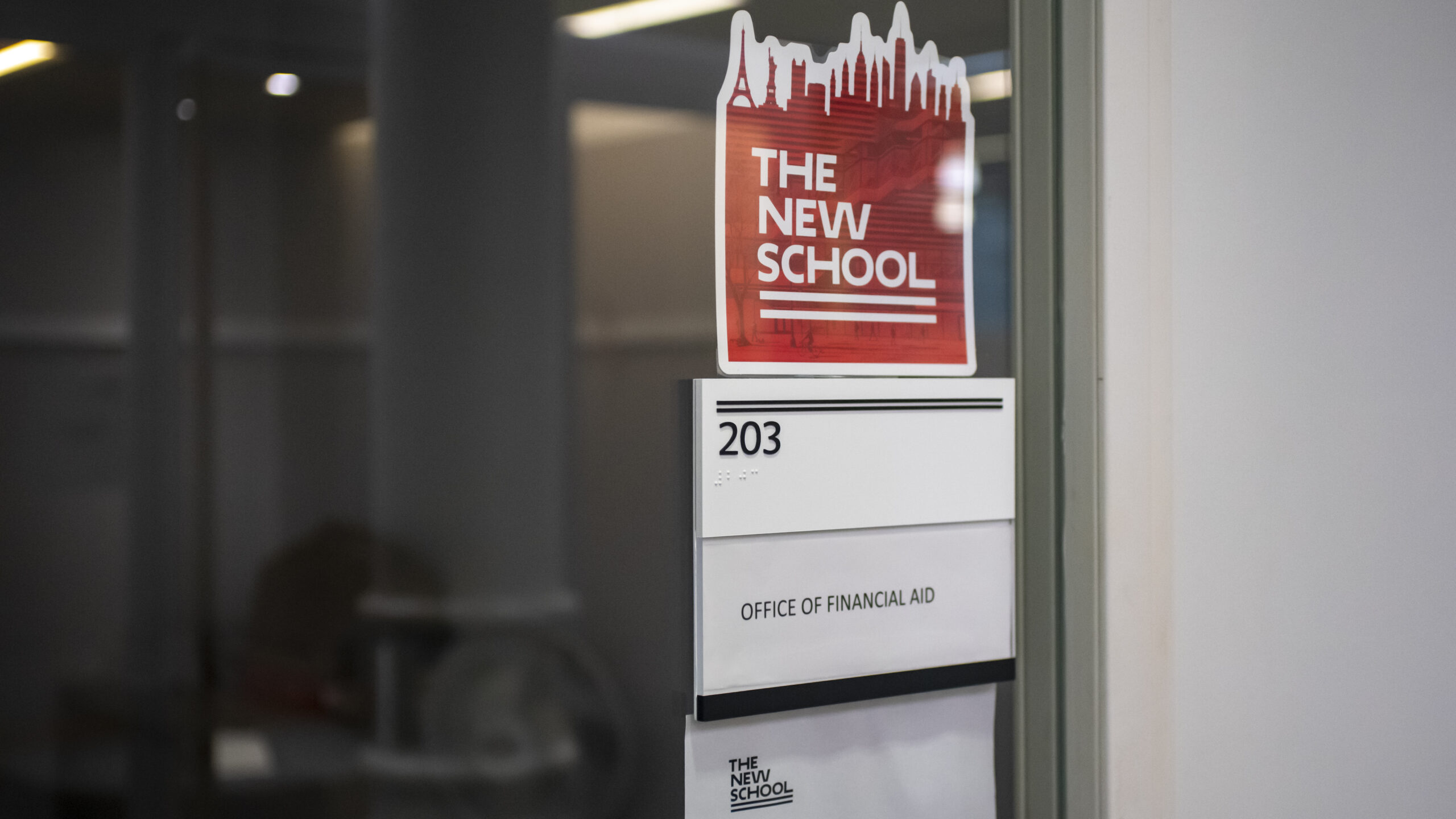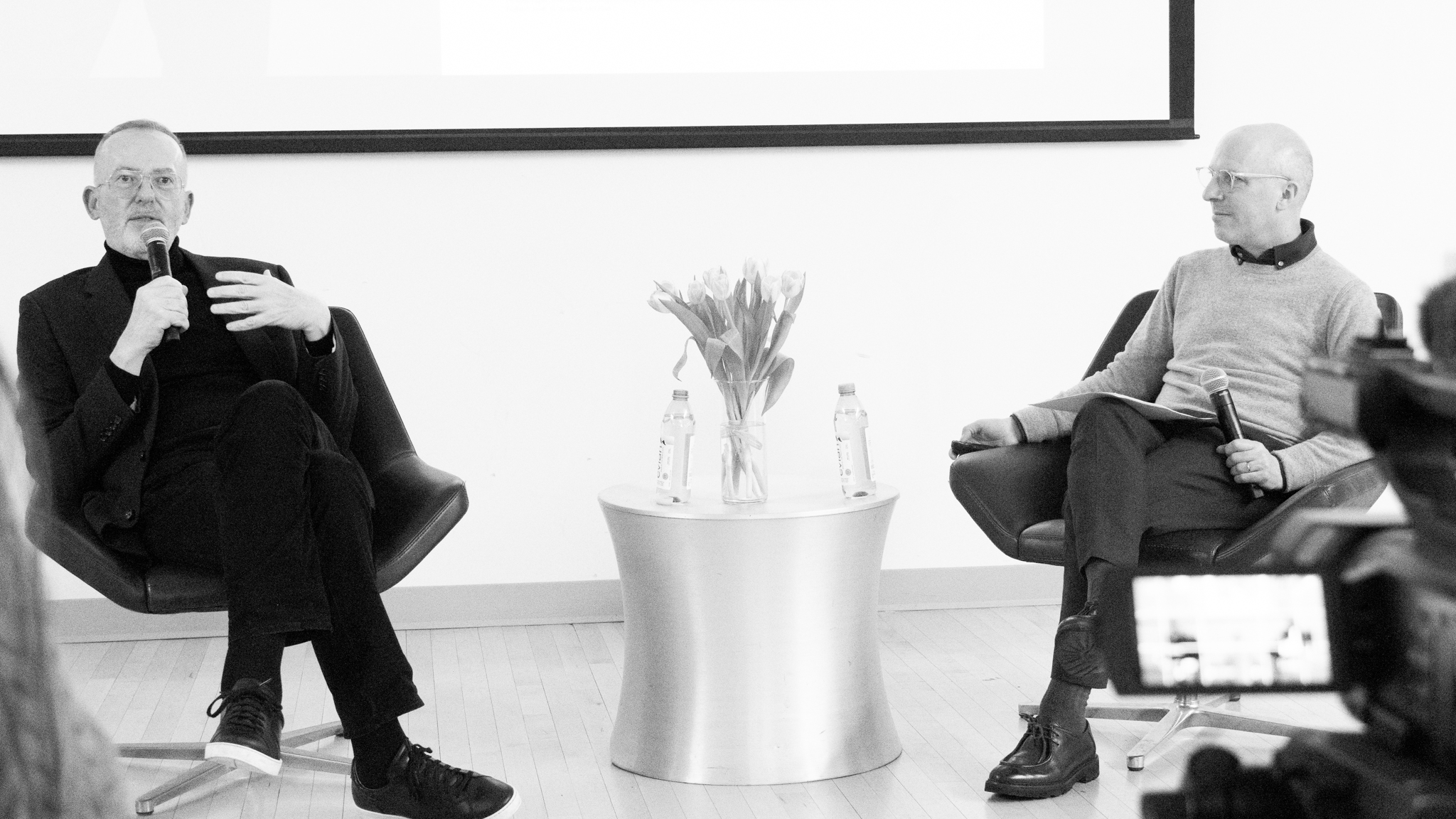Despite the risks of unprotected sex and the resources made available at Student Health Services, many students feel that it still doesn’t seem to be enough motivation for young adults to act responsibly.
Condoms in every dorm, sex-ed in high school, and free STD testing: today’s young people are educated but they aren’t healthy.
 Over 60 years ago, during World War II, the military distributed condoms to soldiers overseas in order to ward off sexually transmitted diseases. Over at the Museum of Sex, employee Sonny Farnsworth explained during a tour of a recent exhibit on WWII that 40 years after the war, thousands of people were dying at home due to AIDS that many feel could have been prevented if information about safe sex was available. But a recent report compiled by the Bayer Healthcare Pharmaceutical Company claims that apathy and ignorance towards contraception remains widespread.
Over 60 years ago, during World War II, the military distributed condoms to soldiers overseas in order to ward off sexually transmitted diseases. Over at the Museum of Sex, employee Sonny Farnsworth explained during a tour of a recent exhibit on WWII that 40 years after the war, thousands of people were dying at home due to AIDS that many feel could have been prevented if information about safe sex was available. But a recent report compiled by the Bayer Healthcare Pharmaceutical Company claims that apathy and ignorance towards contraception remains widespread.
Farnsworth, 21, a recent graduate from The New School, landed a job at the Museum of Sex, where she shares her opinions on today’s sexually active young people. She is alarmed by the recent statistics regarding unsafe sex. The report of 5,326 youths surveyed across 26 countries reveals that misinformation and apathy towards contraception not only remains widespread, but is also on the rise. The study found that 53 percent of young people have engaged in unprotected sex “with a new partner” — a 39 percent increase from just three years ago. The study was conducted with the hope of demonstrating that our school systems, and perhaps even our societies, are failing to adequately address the harmful effects of unprotected sex.
The global study also found that in some countries, particularly in Africa, Asia and Eastern Europe, where sex education is
stigmatized, young people were misinformed about the most basic forms of contraception. Thirty-six percent of Egyptians interviewed believe that taking a shower or bath after sex would prevent pregnancy. In African and Eastern European countries, nearly 50 percent of the people interviewed said they believed that the “pull out” method, ejaculating outside of the vagina, is an effective form of birth control.
Many experts, including professors, health educators and safe-sex advocates, agree that a solution would require a higher level of sex education and a willingness to speak openly about issues of sexuality.
“I think we need not only more comprehensive sex education in our public schools, but also a sense of responsibility among parents to broach these albeit sensitive issues with their children,” explained Natalia Mehlman Petrzela, assistant professor of education studies and history at Lang.
According to the study, 56 percent of young adults in the United States learn about sex primarily from the Internet. Many young men and women were too embarrassed to talk to health care professionals about obtaining contraception.
However, Sam Avrett, an AIDS-awareness activist who works as a consultant for several HIV/AIDS advocacy groups, believes that these reports should be taken with a level of skepticism. He says that the fear of a rise in unsafe sex and sexually transmitted diseases may be misleading. Rather, he believes that different demographic groups may be more susceptible to STD’s and STI’s than others.
“People shouldn’t focus only on reports of changing rates of unprotected sex, which might or might not be increasing, for a range of reasons,” he explained. “What matters is reducing rates of unprotected sex in specific at-risk groups of people and providing people with full access to sexual and reproductive health.”
One such group, he wrote via email, is young gay men. “In the U.S., investment is especially needed in programming led by and targeted to young gay men, given that 77 percent of new HIV infections among people age 13-24 are among young men who have sex with men.”
However, he noted that not all homosexual communities are the same. “For gay men, rates of HIV can be reduced by tackling lack of information and opportunity, particularly for those who are younger and in economically marginalized communities, to negotiate safer sex, safer drug use or to access HIV treatment and care.”
He, like other professionals and safe-sex advocates, believes that education is important, though he believes that it must target “under-served youth populations.”
Sex education is a highly contentious issue, and what some believe to be the solution, others assert is precisely the problem.
Petrzela believes that while the time spent focusing on sex education is inadequate, so too is the content being taught in many schools.
“[The] sex education programs which have been expanding and receiving greater support lately, particularly during the Bush administration, are so-called ‘abstinence-only’ programs, which are defined in part by the fact that they don’t teach about safer sex methods, since one of their main goals is to teach youth not to engage in sexual activity at all,” she wrote to the Free Press via email.
On the other end of the debate, Karen Schroeder, president of the organization Advocates for Academic Freedom, which advocates to protect conservative values in education, claimed in an email to the Free Press that the current curriculum in sex education classes makes some students feel uncomfortable and pressured to grow up faster than they feel fit. A former teacher herself, she heard students put down for their abstinent lifestyle with phrases like, “you are setting yourself up for failure,” “you are unrealistic,” and “everybody does it.” As an educator, she did not want to be apart of encouraging what she referred to as “bullying.”
“I believe that information about contraception is valuable for grades eight through high school, but I believe that the emphasis should be on abstinence,” Schroeder added.
However, she added that sex education in schools is not the ultimate problem. “There is no proof that comprehensive sex education curriculum have overcome political and social policies that damage the family unit.” Those policies, she added, are ultimately what need to be changed. “School sex education programs should emphasize the importance of family, promote family stability and teach respect for the roles of the mother and the father in child rearing.”
However, health educators at The New School, which has been working towards promoting healthy and consensual sex, often challenge the appropriateness and effectiveness of abstinence education.
Peer health advocate Elliot Fukui, a junior at Lang, has been working to make more information and contraception available to the student body, in an ongoing effort to promote safe sex. “We have been working to make condoms available to students on campus and also [to] have them available at Student Health Services,” Fukui said. “I am currently developing a series of workshops and training people on how to give safer sex workshops to their peers, as well as working on developing sex positive workshops and a resource guide for students who are interested in learning more about different aspects of sex and sexuality.”
Rachel Knopf, a health educator in Student Health Services, said that Health Services has the morning-after pill available, educates students about the risks associated with unprotected sex, distributes condoms at every dorm, and prescribes treatment for students with STDs and STIs.
However, despite the risks of unprotected sex and the resources made available at Student Health Services, many students feel that it still doesn’t seem to be enough motivation for young adults to act responsibly.
Students interviewed for this article were open to speaking about their feelings regarding the rise in unprotected sex. Many feel the taboo associated with the subject makes it all the more difficult to disseminate truthful information about healthy sexual practices.
“When I talk to my friends they admit to not using protection all the time,” said Julianne Tam, 23, a resident at the William Street dorms, where a box of condoms is located conveniently on a wall next to the RA office. “Maybe it is because Plan B is so accessible. I think people think of condoms as a contraceptive, rather than protection from diseases. No one wants to believe that the person they are giving their bodies to might give something unwanted back.”
Another student, Andrea Goldston, 20, added, “I think that because there is this stigma of taboo attached to sex, sexuality and promiscuity, we are in a society that just assumes you know certain things by a certain age. But the truth is, a lot of people don’t. Common sense is not so common. There is a lot of information that is not getting spread, and lots of discussions not being had.”
Farnsworth, the former Lang alumni now working at the Museum of Sex, also agreed that a lot of necessary conversations are being pushed to the sidelines.
“I think that a rise in unprotected sex is probably indicative of the fact that we are not as communicative and open about the realities of sex and sexuality as we would like,” she said. “As long as sex and sexuality remain a ‘taboo’ topic, we won’t be able to pass on the right kinds of information and support to people, and we’ll continue to see problems like this arise.”
Farnsworth also pointed to the fact that pornography and sex scenes in the media rarely show the use of contraception, and hence, there is an “idea that safe sex isn’t sexy.”
It’s almost a given that something in the Museum of Sex will make even the most serious of sex-curious visitors giggle, perhaps out of the discomfort of the often unspoken subject. One passes through a room filled with pornography where very few porn stars are using protection, walks upstairs to discover that animals really do masturbate, and then finally ends in a room with animated pornography, just before reaching the gift shop filled with sex toys. Evident from the exhibitions is the fact that sexuality is present in almost every aspect of our life, whether we talk about it or not.
Brianna Lyle
Michael Kaplan







Leave a Reply